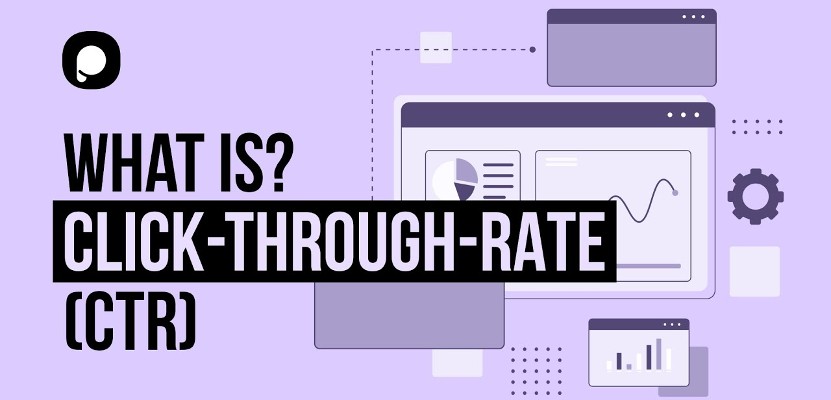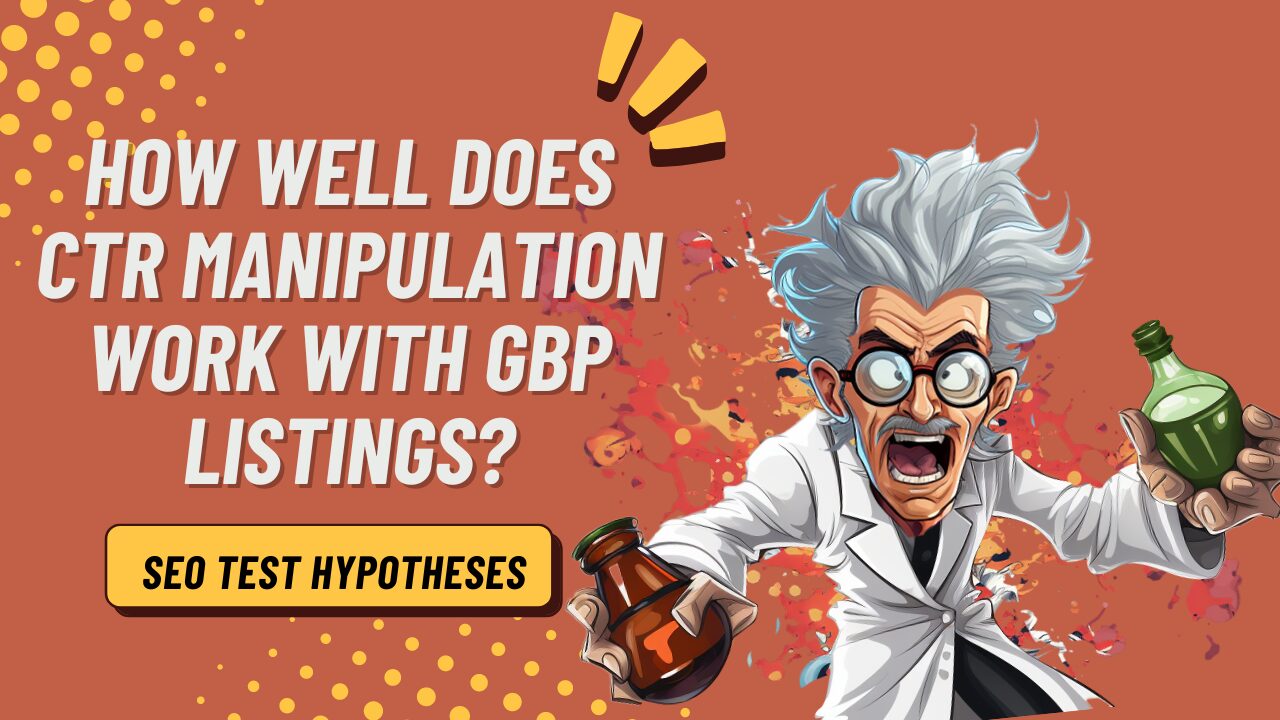Achieve Exceptional Results with Our Customized CTR Manipulation Service
Achieve Exceptional Results with Our Customized CTR Manipulation Service
Blog Article
Optimizing Organic Click-Through Fees With CTR Adjustment
The optimization of natural click-through prices (CTR) is a nuanced endeavor that hinges on recognizing both user psychology and efficient web content discussion. The landscape is swarming with mistaken beliefs and oversimplifications concerning what absolutely drives CTR.
Comprehending Click-Through Rates
Understanding click-through prices (CTR) is vital for reviewing the effectiveness of on-line advertising techniques. CTR measures the percentage of customers who click on a certain link or promotion compared to the complete variety of users who watch it. A higher CTR suggests that the web content is engaging and relevant to the target market, while a reduced CTR may signify a demand for optimization.
To determine CTR, divide the variety of clicks by the number of impacts and multiply by 100. For circumstances, if an advertisement obtains 300 clicks out of 10,000 impacts, the CTR would certainly be 3%. This metric is crucial for evaluating numerous components of electronic advertising, consisting of seo (SEARCH ENGINE OPTIMIZATION), e-mail campaigns, and social media sites marketing.
Moreover, examining CTR aids marketers identify which techniques yield the most effective results and which require refinement. By concentrating on improving CTR, services can boost their content's exposure and effectiveness, bring about raised traffic and prospective conversions. Comprehending the subtleties of CTR is foundational for any type of marketing expert intending to enhance their on the internet presence and optimize return on investment (ROI)

The Psychology of User Behavior
Individual actions is dramatically affected by emotional aspects that dictate exactly how individuals interact with on the internet web content. Comprehending these aspects is important for optimizing click-through prices (CTR) in organic search results. Cognitive predispositions, such as the anchoring impact, play a crucial role fit customers' assumptions. Their preliminary impressions can greatly affect their subsequent judgments concerning importance and trustworthiness. when users come across info.
Psychological actions additionally substantially impact user actions. Content that reverberates emotionally can cause a sense of necessity or interest, prompting users to click. Additionally, social evidence-- such as customer reviews or ratings-- can improve count on and urge involvement, as individuals frequently want to the actions of others to inform their very own choices.
Furthermore, the concept of shortage can drive clicks - LinkDaddy CTR Manipulation. Limited-time deals or special material produce a fear of missing out on out (FOMO), engaging users to act swiftly. Understanding these psychological motorists enables online marketers to develop even more engaging web content that reverberates with their target audience
Effective CTR Adjustment Methods
Leveraging mental understandings can significantly improve click-through prices (CTR) via targeted adjustment techniques. One of the most efficient methods is making use of compelling headings that evoke curiosity or seriousness. Wording titles as inquiries or incorporating numbers can draw in more focus, motivating individuals to click.
One more method involves enhancing meta summaries to create a sense of importance and immediacy. By plainly describing the advantages or why not find out more services offered in the material, you can engage prospective visitors and persuade them to click. Additionally, using power words-- such as "exclusive," "confirmed," or "free"-- can boost the appeal of your web content.
Visual aspects also play a vital duty. Including appealing images or thumbnails can attract users in and improve CTR. A/B screening different visuals can aid identify which photos reverberate ideal with your audience.
Finally, making certain that your web content promises deliverable worth leads to higher CTR. They are a lot more most likely to involve when customers perceive that clicking will certainly offer them with significant understandings or options. By using these strategies attentively, marketing experts can efficiently adjust CTR to their benefit while keeping moral criteria.
Typical Myths About CTR
Several mistaken beliefs border click-through prices (CTR) that can lead marketers to make misguided decisions. While a high CTR suggests that more individuals are clicking, it does not ensure conversions or sales.
Another common idea is that CTR is a separated metric. In truth, CTR should be assessed along with various other efficiency signs, such as bounce rate and conversion price, to obtain an all natural view of campaign success.
In addition, some marketing experts presume that enhancing for CTR alone is sufficient. Concentrating solely on CTR can lead to clickbait tactics you can try here that might draw in clicks but fall short to engage customers meaningfully. CTR Manipulation. This strategy can hurt brand reputation and outcome in reduced retention rates
Last but not least, there is an idea that CTR techniques are widely reliable. The reality is that ideal CTR tactics can differ substantially across markets and target audiences, demanding tailored approaches for various market segments. Recognizing these myths is essential for developing efficient CTR techniques that align with overarching advertising and marketing goals.
Measuring CTR Success
Although high click-through prices (CTR) can suggest successful interaction with content, gauging their true success needs a detailed evaluation of several aspects. First, it is necessary to recognize the context in which the CTR is accomplished. For example, a high CTR on a deceptive title may not equate to purposeful engagement or conversions, ultimately showing inadequately on the brand's reputation.
Second, assessing the source of web traffic check my source is vital. Organic website traffic from internet search engine can signify a robust content strategy, while clicks from irrelevant sources might indicate a lack of targeting. Furthermore, determining the subsequent individual behavior is important; evaluating metrics such as bounce rate, time invested in web page, and conversion prices can give much deeper understandings right into the high quality of the interaction started by the CTR.

Final Thought

The optimization of natural click-through rates (CTR) is a nuanced undertaking that hinges on recognizing both individual psychology and effective web content presentation. CTR gauges the portion of users that click on a particular web link or ad compared to the complete number of individuals who see it. A higher CTR indicates that the web content is engaging and relevant to the target audience, while a reduced CTR may signal a requirement for optimization.
Concentrating solely on CTR can lead to clickbait tactics that may bring in clicks but fall short to engage customers meaningfully. Additionally, gauging the subsequent customer behavior is crucial; analyzing metrics such as bounce rate, time invested on web page, and conversion prices can offer much deeper understandings right into the quality of the interaction launched by the CTR.
Report this page